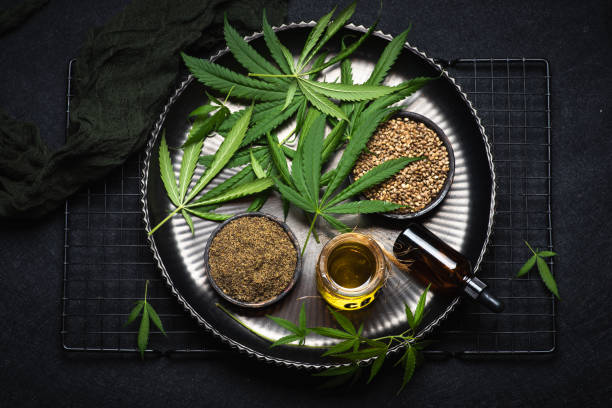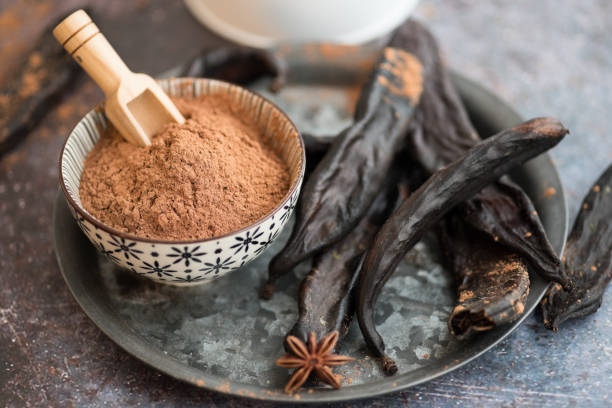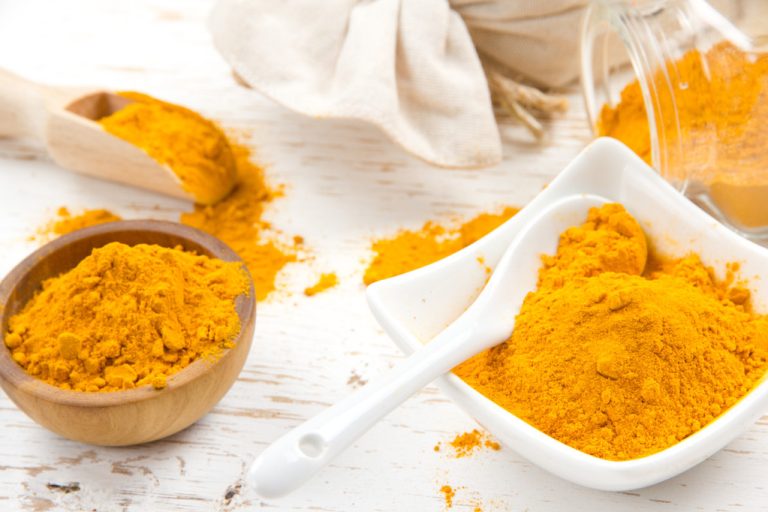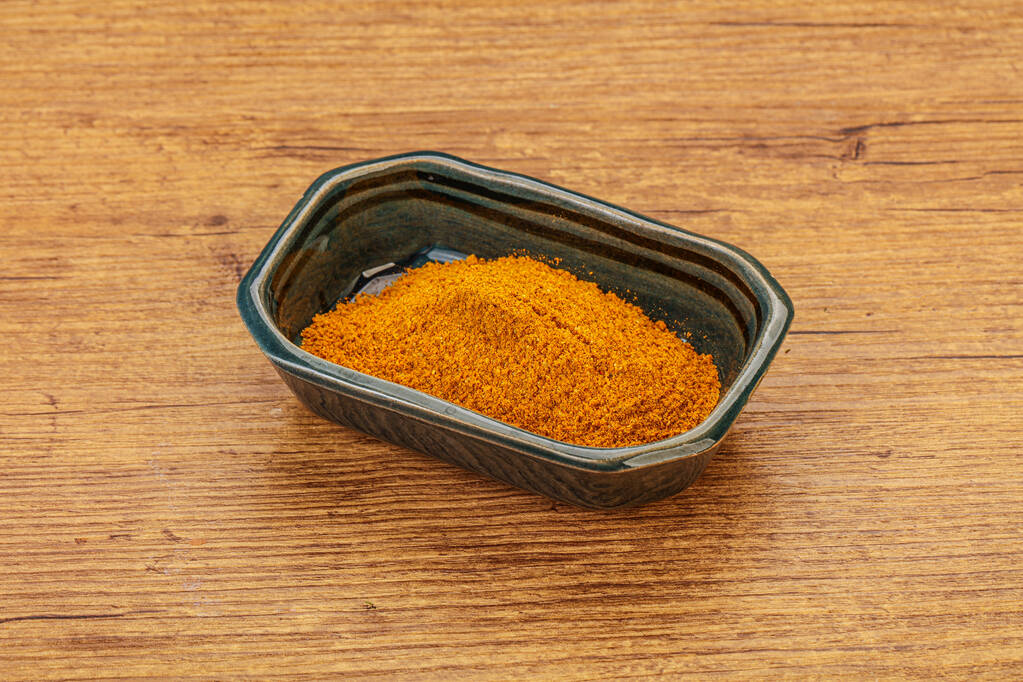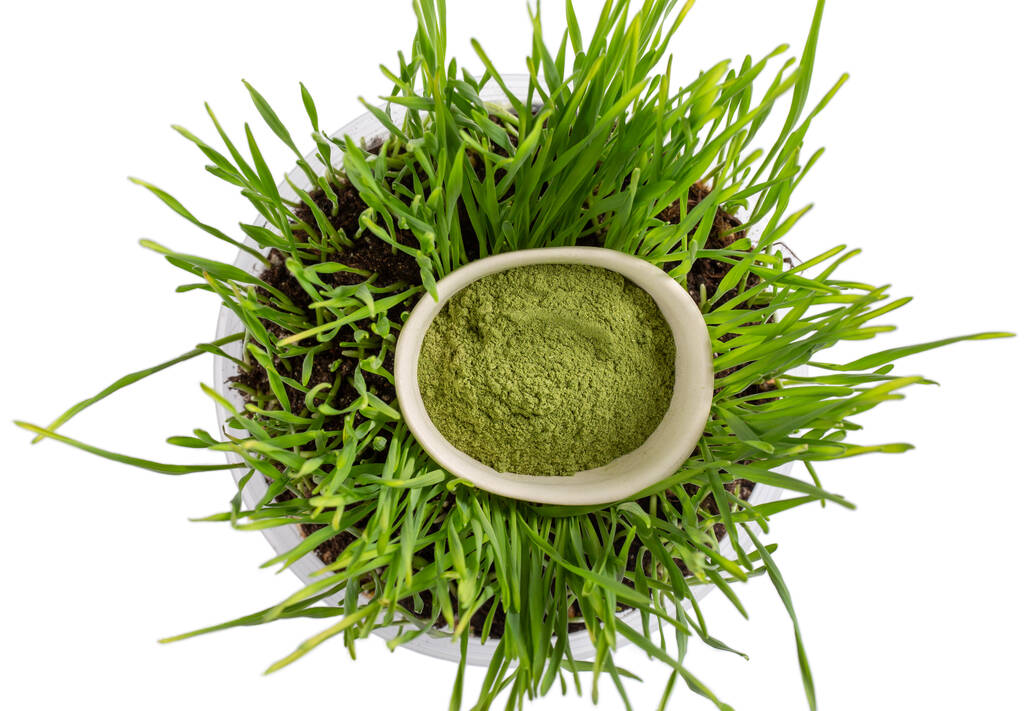Rosehip powder is obtained from the fruits of the rose and used as a local dietary supplement. You can find out more about the application, effect and possible side effects in this article.
Rose hips are the fruit of one of the most well-known plants – the rose. Many do not know that the red fruits not only look pretty, but also taste good. You can drink rose hips as a tea or process them into rose hip jam.
What is less known is that rose hips can also be processed into powder. Here we explain what rosehip powder is and how you can use it.
Note: In general, you should eat a balanced and varied diet. Then you can get all the nutrients you need without supplements. If you suspect you are lacking nutrients in your diet, seek medical advice.

Rosehip powder as a nutrient supplier
All the nutritional power of the rose is concentrated in rosehip powder. This is considered to be very rich in nutrients: rosehip pulp, for example, contains 20 times more vitamin C than lemon.
If you dry rose hips and then grind them, you get a powder. This contains many healthy ingredients such as:
Galactolipids: help scavenge free radicals in the body
Polyphenols: have a health-promoting and antioxidant effect
Carotenoids: have a cell-protecting and antioxidant effect
Pectin: belongs to the dietary fibers, supports digestion
Minerals: important for many bodily functions
Tannins: inhibit or kill microorganisms
This is how rosehip powder works
Rosehip powder is said to help against many ailments and support a healthy lifestyle.
Because it contains galactolipid, rosehip powder can help against joint pain caused by arthritis and arthrosis or rheumatism. Because galactolipid binds radicals and can help relieve pain in inflamed joints, tendons and cartilage and fight inflammation.
The galactolipid is also said to prevent calcium deposits in vessels and thus help to prevent arteriosclerosis. In this disease, the blood vessels calcify – this can lead to heart attacks and strokes, among other things.
Rosehip powder is also said to be used as a natural pain reliever. It is said to help against stomach and liver pain. It is easier on the stomach than aspirin or ibuprofen.
Rosehip tea and rosehip powder also have a slightly draining and diuretic effect. Therefore, rosehip powder can also be taken to combat urinary tract infections and kidney diseases.
Due to its high vitamin C content, rosehip powder has a positive effect on the cardiovascular system. The many healthy ingredients also support the immune system and help with colds.
Note: The study situation is still unclear for many of the effects described. If you wish to take rosehip powder as a drug substitute, we recommend that you seek medical advice first.

Does rosehip powder have any side effects?
Rosehip powder is a very gentle dietary supplement. So far no side effects are known.
Because it is so well tolerated, the powder is even suitable for pregnant women.
If you consume a lot of rosehip powder, your urge to urinate may increase. You should then make sure to drink enough fluids – especially water.
Note: This article cannot replace a doctor’s visit. If you have serious health problems or are unsure about taking it, you should always seek medical advice.
